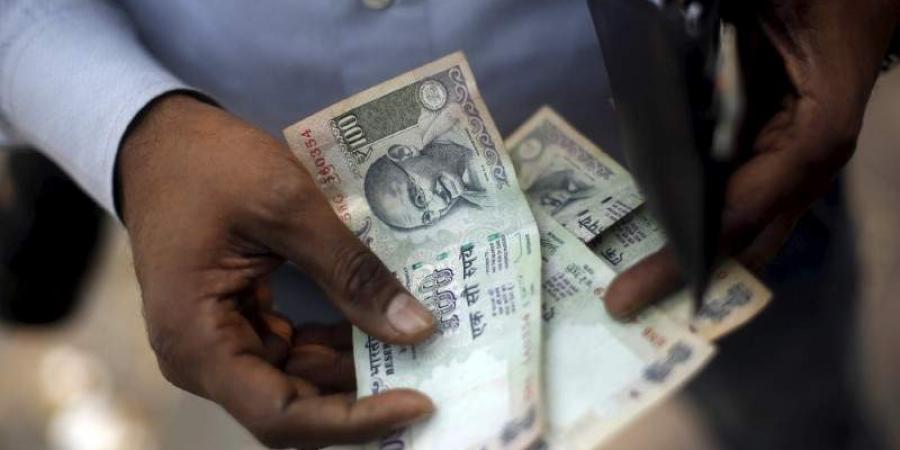Shivaji Sarkar
Rising food prices are adding to the woes of post-corona lockdown recovery. Some states are in quandary whether to allow full opening or continue with half-shut half-open measures. This is adding to supply problems creating artificial shortage. This is a double whammy. Recession has hit not only India but the entire world. The rising cost of transportation, due to unprecedented hike in administered petroleum prices, is telling on the people. With reduced purchasing power, inflation has added not only to the problems of consumers but also of farmers. Despite higher minimum support prices, the farmer has not been able to get even the minimum.
Additionally, since dhabas, hotels and processing plants remain under lockdown the demand for most vegetables or food grains is low. It has a direct bearing on most farm produces. For example, corn fetched Rs 2,200 per quintal in 2019 but this year it is difficult to get even one-fourth of the price. So a farmer who earned Rs 20 plus lakh last year, despite better production is content with just Rs 5 lakh. Similarly, potato and other vegetables see a slump. So the price for the consumer is high. The farmer, however, has an earning.
The farm sector is in trouble as input costs have increased manifold. Even irrigating the fields cost more than double as the administered price of diesel is creating new records. People are not beneficiaries of the crash in crude prices to around $40 a barrel. Taxes and higher prices have acted heavily. The official view that petroleum products are used only for transportation and higher fares or freight can make up for the losses is a fallacy. Any society that pays higher fuel cost suffers more than one way. It erodes income, reduces purchasing capacity and causes overall slowdown at a time when pace in production is a must. So, rising food prices in reality is a pre-corona phenomenon. The latest 20 to 40 per cent rise in prices of vegetables is attributed to higher labour costs and 15 to 20 per cent more transportation costs.
Supplies have reduced by about 15 per cent due to summer rains damaging the vegetable crop. The shortage of labour following reverse migration has increased wages of the labourers. These all reflect in vegetables and other food grain prices. Even prices of rice and wheat have increased in the market despite a massive dole being given to the poor by the government. It is said that in about 11 states free food grain distribution has not been implemented as planned.
According to official data, 36 states and UTs lifted 6.38 lath metric tonnes (mt) out of the 8 lakh mt allocated under Atmanirbhar Bharat for May and June for migrant workers. Till June 30, 1.07 lakh mt, about 13 per cent food grain was distributed. Andhra Pradesh, Goa, Gujarat, Jharkhand, Ladakh, Maharashtra, Meghalaya, Odisha, Sikkim, Tamil Nadu, Telangana and Tripura distributed not more than one per cent of the food lifted!
The crisis has been building up on the price front since the 2019 General Elections. FCI procured 36 million tonnes prior to that in 2018, the highest since 2012-13, prior to the 2014 Lok Sabha polls. It swelled FCI stocks to 75 million tonnes – 33 million tonnes of wheat and 42 million tonnes of rice, and is estimated to be about one-third of the total production. This has been utilised well for distribution till coming November at a cost of Rs 1.5 lakh crore. But the mismatch in distribution, the market supplies and other factors have continued to add to the rise in prices. Interestingly enough despite free supplies, the prices have not come down in rural markets either.
The prices of edible oils too have noticed significant rise all over. The village markets have seen spike in locally produced oils. This has happened due to rise in mustard and other oilseeds prices, labour costs, electricity and diesel prices. Overall expelling and freight costs have increased.
In June, the RBI noticed that the inflationary situation has returned since April, when the price index surged by 8.6 per cent from 5.8 per cent in March owing to price spurt of vegetable, cereals, milk, pulses, edible oil and sugar.
The MPC says it is necessary to ease financial conditions further. It has reduced interest rates, which have hurt the depositors, senior citizens and the poor the most. In fact, cut in interest rate has not helped anybody.
Rather, it has caused hardships and further reduced purchasing power of the most vulnerable classes. The high income-tax, bank charges, rude bank staff behaviour and tax on deposits are further hurting the economy.
– INFA
